Sorry if my question is too stupid, but I can't figure out how to solve my problem.
I have a motor with a gearbox and I also have an absolute encoder mounted on the gearbox shaft. I need to make the output shaft rotate in a range from -90 to +90 and it is centered in 0°.
Now, when the shaft is in 0°, then the encoder outputs 1010, when it is at -90°, the encoder outputs 1120 and when it is in +90° it outputs 900.

When the shaft is in 0° and has to reach +90°, the motor must rotate clockwise and when it needs to reach -90°, it needs to rotate counterclockwise.
I would like to command the motor by only giving it the position in degree. For example, I'd like to have a function like:
move_motor(1, 45°)
int move_motor(id_motor, pos){
read current motor position
// motor is at 0°
make motor #1 spins clockwise until encoder returns 955
}
I think that a PID controller would be a smart solution, but I really do not know how to implement it in C++, sorry, I'm not a developer. Or do you suggest just to use if/else statements?
EDIT:
In order to make the motor move, I use this function:
void move_motor(motor_id, direction)
and it makes the motor spin in counterclockwise or clockwise depending on the second parameter To stop the motors:
void stop_motor(motor_id, 0)
and this other function:
int get_enc(encoder1)
returns an integer depending on the encoder1 readings.
So for example, to reach the desired position it should be:
while (get_enc != desired_position){
move_motor(motor_id, direction)
}
but the direction should be handled, too.